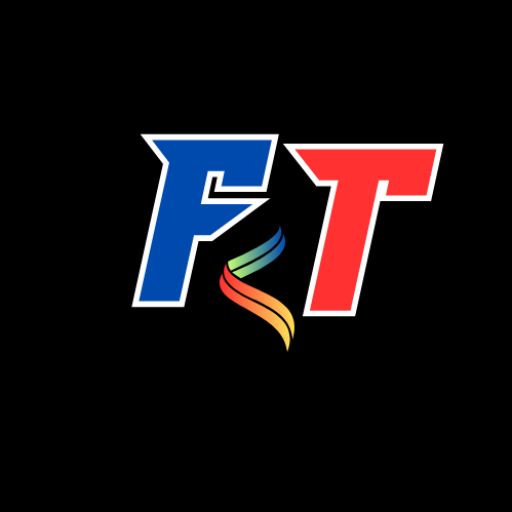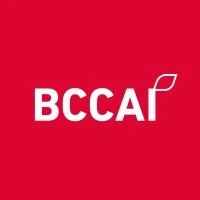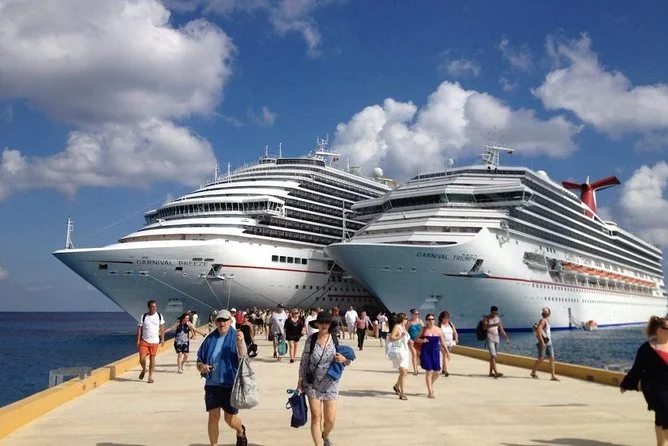
Klang, a royal city in Selangor, is famous for its vibrant markets and rich cultural heritage. Situated close to the bustling Port Klang, one of the world’s largest ports, Klang is a lively trade hub that highlights Malaysia’s diverse multicultural heritage. This guide delves deep into the various aspects of Klang Market, from its economic impact to the challenges and future trends shaping its landscape.
Klang Market Overview: The Heart of Local Trade
Klang is not just famous for its historical significance but also for its thriving market culture. Strategically located near Port Klang, the 12th busiest container port globally, the city serves as an important trade hub for both local businesses and international commerce. This connectivity enables Klang’s markets to flourish, contributing significantly to Malaysia’s economy.
The Economic Importance of Klang Market
As a trading city, Klang has a broad array of markets that serve different sectors, from seafood to artisanal crafts. Markets in Klang provide jobs for thousands of local residents, generating substantial income from daily trade. Additionally, Klang markets act as tourist attractions, drawing visitors keen to experience the city’s vibrant street food, traditional handicrafts, and cultural diversity.
Key Industries Supported by Klang Market
Klang’s markets are the backbone of several key industries:
- Seafood: As a coastal city, Klang is renowned for its fresh seafood, particularly in areas like Pandamaran, where establishments such as Boon Tat Seafood have been serving locals since 1974
- Textiles and Handicrafts: Klang is also famous for its intricate silverware and traditional Malay songket textiles
- Agriculture: Local produce such as fruits, vegetables, and herbs form a significant part of the market trade, particularly in night markets like Setia Alam Pasar Malam, which is the longest night market in Malaysia.
Types of Markets in Klang: A Shopper’s Paradise
Klang offers a wide variety of markets, catering to both residents and tourists. Whether you are in search of fresh seafood, unique handicrafts, or a vibrant bazaar atmosphere, Klang has it all.
Flea Markets and Bazaars: The Pulse of Klang
Flea markets and pop-up bazaars are a quintessential part of the Klang shopping experience. Tricube Container Market, located in Kota Damansara, is a relatively new addition to the shopping scene, offering a quirky experience where vendors sell products out of shipping containers .
These markets are popular for their unique, locally made products, ranging from vintage clothing to home decor.
Setia Alam Pasar Malam: Malaysia’s Longest Night Market
For an authentic local experience, Setia Alam Pasar Malam is a must-visit. This 2.4 km-long night market, listed in the Malaysian Book of Records, happens every Saturday evening. Here, you can find everything from fresh fruits and vegetables to local street food like Bak Kut Teh, a famous herbal pork soup that originated in Klang
Seafood Markets: Fresh from the Coast
Klang’s proximity to the sea ensures that its seafood markets are bustling with activity. Pandamaran is particularly known for its seafood offerings, with restaurants like Boon Tat Seafood dishing out fresh catches daily. Visitors can expect to find a variety of seafood, including chili crabs, deep-fried squid, and steamed clams.
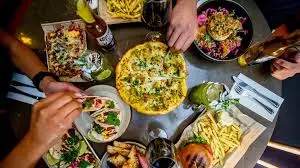
Artisanal and Craft Markets
Klang is home to a number of markets dedicated to promoting local artisans. These markets feature traditional Malay handicrafts, including songket textiles and intricate silverware. These products not only reflect Malaysia’s rich cultural heritage but also contribute significantly to the local economy
The Cultural Significance of Klang Markets
Markets in Klang are more than just places of commerce; they are cultural hubs that bring together people from diverse backgrounds. The city’s markets provide a window into the traditions and lifestyles of its Malay, Chinese, and Indian communities.
Festivals and Markets: A Blend of Tradition and Commerce
Klang is famous for hosting a range of cultural and religious festivals throughout the year, and these events often coincide with vibrant market activity. Chinese New Year, Hari Raya, and Deepavali are celebrated with grand markets, where people can buy festival-related items such as clothes, decorations, and traditional foods.
Little India Klang: A Colorful and Lively Market Experience
Little India in Klang is a bustling neighborhood filled with shops selling traditional Indian clothing, aromatic spices, and ethnic foods.
The market here is an essential part of the Indian community in Klang and draws tourists looking for a taste of India in Malaysia.
Klang Heritage Walk: Exploring the City’s Rich History
The Klang Heritage Walk is another culturally significant market-related activity. It takes visitors on a journey through Klang’s colonial past, with stops at traditional markets and historical landmarks like Raja Mahadi Fort.
The walk highlights the role that markets have played in the city’s development over the centuries.
Economic Impact of Klang Markets
Klang markets play a pivotal role in the local economy. With a population of over 840,000, Klang’s demand for local goods and services drives its vibrant market culture.
Job Creation and Income Generation
The variety of markets in Klang provides thousands of jobs to local residents. From stall vendors to logistics workers, many livelihoods depend on the daily operations of these markets. This, in turn, boosts income levels in the community, contributing to economic stability.
Tourism and Retail
Tourists visiting Klang often spend time exploring its markets, contributing to the local economy. Markets like Setia Alam Pasar Malam and Little India are popular tourist attractions, and local businesses thrive on this influx of visitors
Additionally, shopping malls like AEON Bukit Tinggi and Centro Mall compete with traditional markets, offering a more modern retail experience.
Challenges Facing Klang Markets
Despite their economic and cultural significance, Klang markets face a number of challenges. Urbanization, environmental concerns, and the rise of e-commerce are just a few of the issues that market vendors must navigate.
Urban Development Pressures
As Klang continues to grow, market spaces are increasingly under threat from urban development projects. The expansion of highways, residential areas, and commercial buildings has put pressure on traditional market locations. Finding a balance between modern infrastructure and preserving market spaces is a growing challenge for the city.
Competition from Supermarkets and Shopping Malls
With the rise of large shopping centers like AEON Bukit Tinggi and Centro Mall, traditional markets are facing stiff competition. While markets offer unique, often cheaper products, many locals are drawn to the convenience and variety offered by supermarkets.
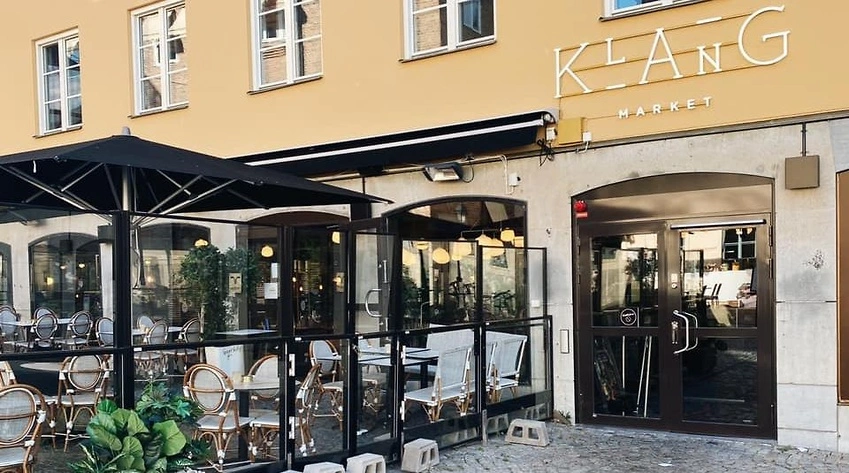
H4: Environmental Sustainability Concerns
Klang’s markets, particularly those dealing in seafood, face environmental sustainability challenges. Overfishing and improper waste disposal are major concerns. As Klang’s markets continue to grow, there is a need for sustainable practices to ensure long-term viability.
Future Trends in Klang Markets
Klang’s markets are evolving to meet the demands of a modern economy. Several trends are shaping the future of these markets, from sustainability initiatives to the influence of digital commerce.
Rise of E-Commerce and Digital Platforms
With the increasing popularity of e-commerce, many market vendors are now taking their businesses online. Platforms like Shopee and Lazada are providing a digital marketplace for local traders, allowing them to reach a wider audience. This shift to online retail is reshaping the way Klang markets operate.
Sustainable Market Practices
There is a growing trend towards eco-friendly market practices in Klang. Vendors are increasingly adopting sustainable packaging, reducing plastic use, and promoting locally sourced, organic products. These initiatives not only attract environmentally conscious consumers but also contribute to the long-term sustainability of the market.
Cultural Tourism and Market Revitalization
Efforts are underway to revitalize Klang’s markets and promote them as cultural tourist destinations. Initiatives like the Klang Heritage Walk and the annual Klang Heritage Festival help draw tourists while preserving the cultural essence of the markets.
Conclusion:
Klang markets are more than just places of trade; they are integral to the city’s cultural fabric and economic development. From bustling flea markets to traditional seafood stalls, Klang’s markets offer a unique shopping experience that reflects Malaysia’s rich diversity. As the city continues to grow, it is essential to preserve and promote these markets, ensuring they remain a vibrant part of Klang’s future.
For more insightful articles visit my website https://futuretrendz.co.uk/
FAQs
- What is the most famous market in Klang?
- Setia Alam Pasar Malam, the longest night market in Malaysia, is one of Klang’s most famous markets
- Setia Alam Pasar Malam, the longest night market in Malaysia, is one of Klang’s most famous markets
- What kind of products can I find in Klang markets?
- You can find a wide range of products, including fresh seafood, traditional handicrafts, local street food, and textiles.
- You can find a wide range of products, including fresh seafood, traditional handicrafts, local street food, and textiles.
- How can I visit Klang markets?
- Klang markets are well-connected by public transportation and are easily.

